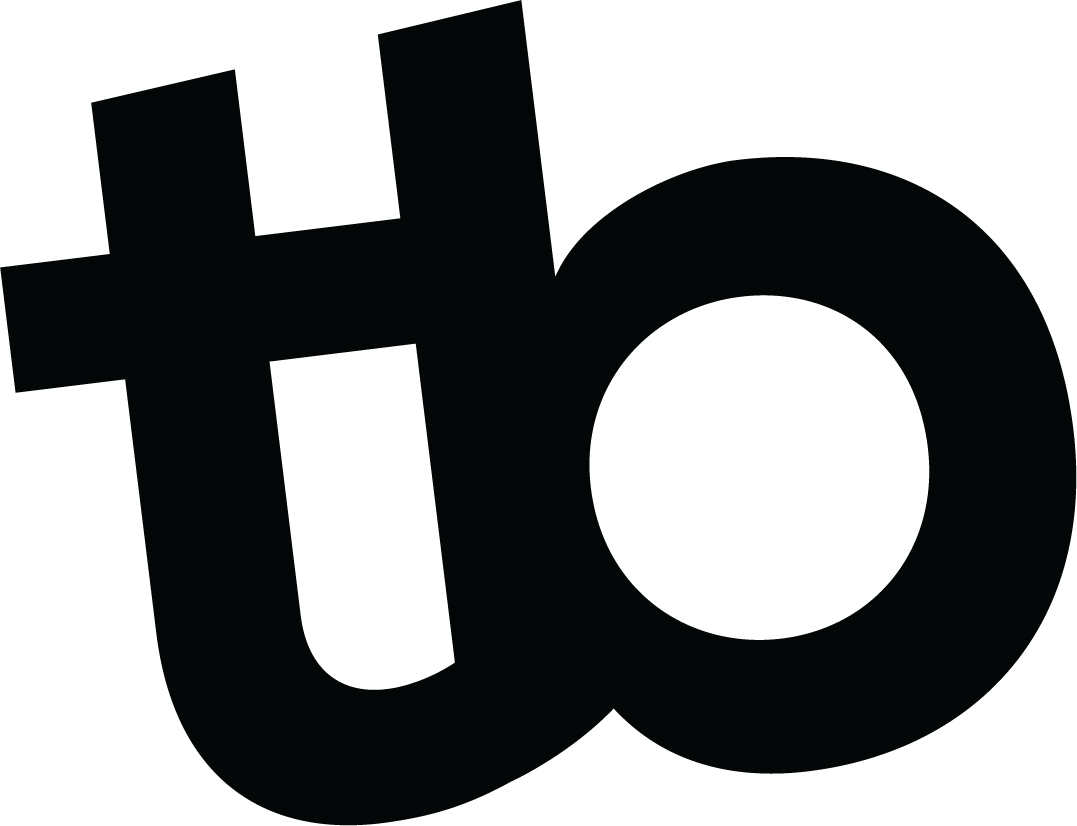The end of an era for Dollar Shave Club® iconic branding
Dollar shave club will soon find a lesson learned in visual communication with what (from what I can tell) is a failed rebranding strategy.
Now, I've been a "member" of Dollar Shave Club since 2012, so my attachment to the brand possibly borders on the sentimental, which for disclosure purposes, may hinder my ability to accurately critique this rebrand. With that being said, branding is ultimately judged by what how your consumers, and in this case, "members" perceive your product, so I'll continue.
Dollar Shave Club launched their brand in 2012 with this brilliant viral ad:
What followed the ad was an industry shake-up that had many big corporations in the razor industry trying to follow suit with witty commercials and subscription based packages. It was something these companies couldn't compete with. However, there was something these companies just could not replicate. It was authenticity. It was the initial middle finger to the razor industry that had men and women paying upwards of $30 each time they needed a new blade. This authenticity was reflected in their monthly newspaper, and member spotlight. Most importantly, their authenticity was shown through their visual design.
After over 4 years of success and roughly 3 million monthly subscribers, the company was purchased in Unilever in 2016. Members like myself were worried about price increases and quality control issues when merging with a large corporation like Unilever. Luckily for us , those fears were not realized. In fact, their product line grew, and more diverse branding ensued with the expansion of One Wipe Charlies, Superba! toothpaste, Cologne, Shower supplies, and more.
The fact is, the idea of dollar shave club was rebellious in nature. It was an idea to offer men and women who were holding their middle finger to big razor. The design felt like that, too. It’s quirky branding left a semblance of authenticity, and uniqueness. It was a far cry from what we were used to seeing on the shelves in grocery stories with companies like Gillette, and others with skeuomorphic, clunky, over-masculinized design.
That initial fear of a 2016 corporate takeover was never realized. However, for me it became all too real from the announcement that the club and the entire DSC branding would be getting a "new look" in 2021.
“DSC has evolved over the past 10 years. It’s time our brand reflects that. To help you look and feel your best, we need to do the same.”
Unfortunately what that means for design is that their products will no longer have the authentic, classic look that has represented these rebellious products for almost a decade. To be fair, along with this announcement came a new initiative to push an "omni-channel" approach which ultimately puts DSC on the shelves of major retailers, thus needing the design to appeal to a broader audience. This means these products will no longer be exclusive to those who subscribe to the club.
What remains to be seen is what effect this redesign and omni-channel roll out will have on their products, and their larger customer base. With a similar price point, will this new, generic design fade into the background in a now over saturated market? Are there larger issues to be concerned with outside of a shave club's rebranding strategy?
You bet.




